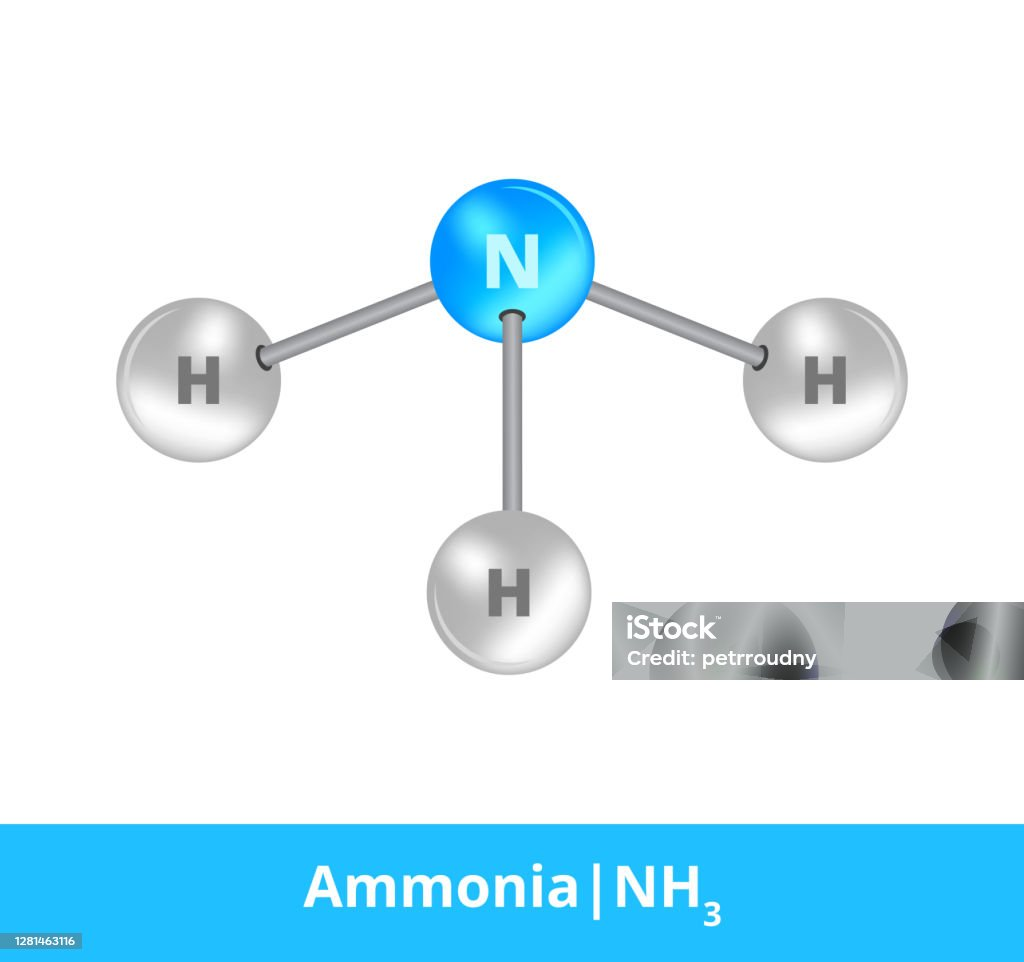The Brain’s Life Path, in Five Stages: Scientific Findings That Reinterpret Our Growth
Are you aware that our brain doesn’t just expand or shrink as we age—. Goes through five significant "brain stages”? A recent study conducted by scientists, at the University of Cambridge has charted brain development linking skills, learning styles, personality characteristics and age-associated risks throughout the whole lifespan. A striking discovery is that alterations in the brain of adolescence persist up, to the age of 32! What Are the Five Brain Epochs? Researchers examined MRI images of 4162 people from infants to those aged 90. They discovered four shifts in neural connectivity. These shifts define five stages in brain development. 1. Childhood Epoch (Birth to ~9 years) This is the period of the fastest brain growth. Key Features Massive creation of synapses Fragile neural links are removed robust ones are maintained Rapid growth of grey and white matter Accelerated development of understanding, language, and social abilities At nine years old the brain undergoes its ini...


